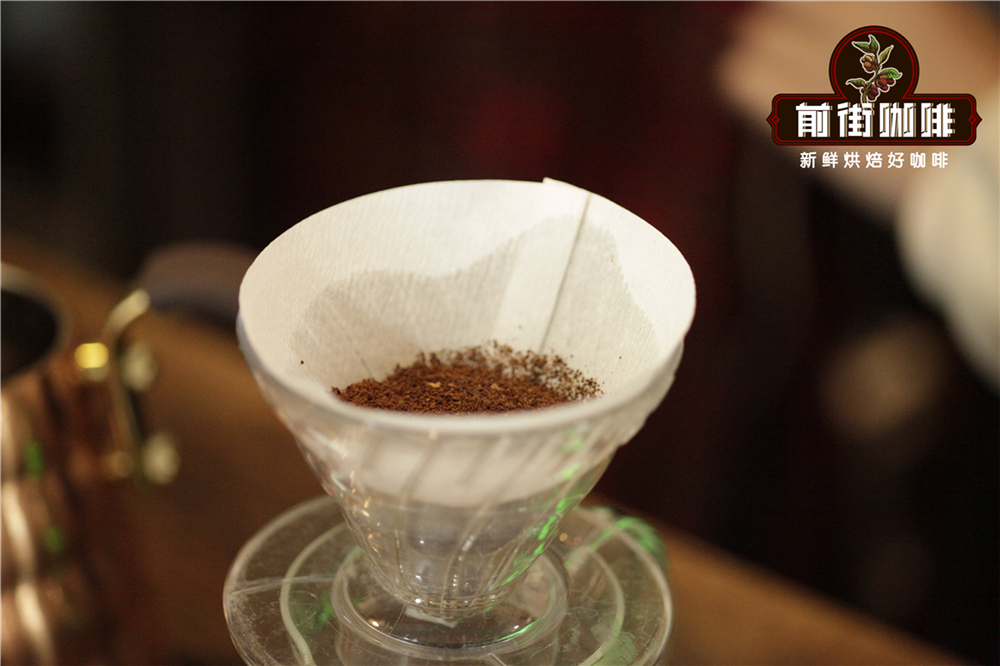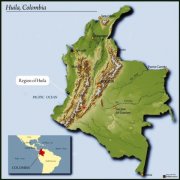Why do many coffee shops use EK43 bean grinders? What are the advantages and disadvantages of EK43 bean grinder

EK was originally designed as a grinder for hand-brewed drip coffee, and its advantages (discussed later) outweigh its inherent disadvantages of unstable powder supply (e.g., 20 grams of coffee beans, error 1-1.5 grams of powder).
However, all this changed at the hands of Matt Perger, the 2013 World Barista Championship winner, when he prepared coffee with EK43 on the main stage. Although Perger was not the first barista to be praised for using EK ground espresso, he was undoubtedly a popular barista.
So what's so good about it? And if it's so good, why doesn't everyone use it?
Advantage 1: Uniformity of grinding
The main advantage of EK43 is the uniformity of grinding, all grinders produce bimodal distribution of particles (polarization by Lijing analysis), while EK is no different in this respect. That is, grinding is compromised by polarization of particle size, although there are fine errors below 100 microns, but particle size errors are usually in the range of 200-1000 microns. But using EK, the particle size error is significantly smaller than other bean grinders.
Perger and others in the fine coffee community analyzed the particle size distribution of EK43 and found that, contrary to initial assumptions, it did not produce a more uniform grind size because it produced fewer crumbs (in fact, it operated to produce more crumbs than many other well-known grinders). However, at the grinding setting for extraction, it produces a more uniform particle size than other bean grinders. In fact, its particle size is smaller, so its grinding size is finer than other competitors 'bean grinders. It also grinds out less powder and larger particles (clumps).
What does uniformity mean for coffee? It means a lot. The more uniform the size of the grind, the more uniform the extraction of coffee will be.
Advantage 2: More uniform extraction
Curious why particle size affects extraction? Smaller particles have a larger surface area, so extraction will be relatively easy-the opposite is true for larger particles.
For most coffee lovers, EK's handle and method of powder injection are unusual, although the operation process is not very simple, but many people think it is worth the extra effort.
Uneven grinding may produce an average extraction rate of 20%(roughly speaking, the proportion of powder in an espresso determines the quality of a cup of coffee), which will make the parameters of coffee traditional extraction good, but this may include 10% extraction of large particles, about 18% extraction of medium particles, and 25% extraction of fine particles.
EK produces particles of more uniform size, so the extract contains a high proportion of particles of similar size, so similar extract particles have a great impact on flavor.
Higher extraction has more flavor
EK brewing results can be pushed to higher levels of extraction without negative impact, which is usually required for conventional bean grinders.
Many grinders, especially these conical grinders, brew more than 20% extract and can become overdiluted or unpleasant to drink. This is the main consequence of uneven grinding and different extraction rates, and EK, after comparison, can brew good coffee with a higher yield, because brewing a good cup of coffee does not allow such a large difference in extraction rates.
Disadvantages of EK43
With these advantages, you may wonder why EK43 is not popular in boutique coffee shops, mainly because of its practicality, it does not have the ability to consistently supply accurate powder.
Coffee shops that brew espresso usually measure the beans for a single cup and store them in containers, which is of course time-consuming and inefficient in terms of space utilization (hundreds of well-measured beans in small cups take up an amazing amount of storage space).
Picture shows readjusting EK, in which case the weight of the coffee grinder scale is small. Most baristas measure more than they need because they lose some ground when they pop out of the hopper.
However, when it comes to the practicality of EK, there is something to be expected, although it is inconvenient to measure the weight of a single cup of beans in advance and store them in a suitable container (such as a sealed opaque jar), but in fact the adjustment error of the grinder is very small, significantly reducing the loss of coffee powder, which is also the main advantage of EK. When serving single-serve coffee, you can brew multiple espresso coffee without buying an additional grinder (although it takes some time to switch grinding settings when switching single-serve beans).
Rotational or rotary packing can be applied evenly to the disk, which is designed to slow the flow rate and theoretically improve extraction. But after a day your wrist may be a little sore.
The latest solution
If this sounds difficult, there is a solution: the Mahlkonig Peak grinder combines EK43-style cutterhead, particle size distribution, and the K30 grinder's ability to grind instantly. The downside is that the expected price is high (close to the current UK interest rate) and if you want to brew multiple coffees at once, you need more than one grinder.
Until the Peak bean grinder went on sale, the EK43 was still a high-level extraction bean grinder.
Important Notice :
前街咖啡 FrontStreet Coffee has moved to new addredd:
FrontStreet Coffee Address: 315,Donghua East Road,GuangZhou
Tel:020 38364473
- Prev

Does the degree of roasting affect the caffeine content of coffee? Does deep-roasted coffee have more caffeine?
Deep-roasted coffee is more bitter and mellow than light-roasted coffee, so it is often thought that deep-roasted coffee has a higher caffeine content. Although deep-roasted coffee has a strong flavor, it should not be mistakenly associated with higher caffeine. The strong flavor of bitterness comes from baking, not from caffeine. Deep-roasted coffee doesn't actually have more coffee than light-roasted coffee.
- Next

Introduction of Huilan Coffee producing area Coffee advantage in Laboyos Valley Coffee flavor characteristics of Huilan Coffee
Huilan has a combination of excellent soil and geographical advantages for growing coffee, and some of the most complex and fruity Colombian coffees come from here. This area belongs to the selected alpine coffee beans of the Colombian State Corporation, which is known as the national treasure of Colombia. With its superior geographical and climatic conditions, Colombian coffee has always maintained high quality. There are more than 70,000 kinds of coffee in this area.
Related
- Beginners will see the "Coffee pull flower" guide!
- What is the difference between ice blog purified milk and ordinary milk coffee?
- Why is the Philippines the largest producer of crops in Liberia?
- For coffee extraction, should the fine powder be retained?
- How does extracted espresso fill pressed powder? How much strength does it take to press the powder?
- How to make jasmine cold extract coffee? Is the jasmine + latte good?
- Will this little toy really make the coffee taste better? How does Lily Drip affect coffee extraction?
- Will the action of slapping the filter cup also affect coffee extraction?
- What's the difference between powder-to-water ratio and powder-to-liquid ratio?
- What is the Ethiopian local species? What does it have to do with Heirloom native species?

